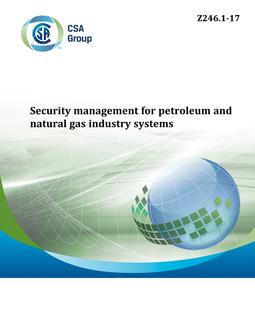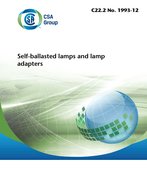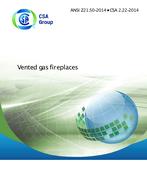Click here to purchase
S1.
Scope Note: When welding on tubular joints, there is often no access to the root and complicated geometry could preclude the use of backing, especially in T, Y, or K joints. This Supplement recognizes that this type of welding differs from conventional plate and structural shape welding. Consequently, several tubular applications permit complete joint penetration groove welds f rom one side without backing. On butt joints, they are permitted when all the special provisions of Clause S4.3.1 are followed. For T, Y, and K connections, prequalified details are described in Clause S4 along with the required procedure and welder tests shown in Table S1 of the W47.1 Supplement. Welders must also qualify on sample joints when groove angles are less than 30? (Clause S4.3.2). If T, Y, and K groove details differ from the prequalified details in Clause S4, mock-up samples are required for the procedure qualification. Partial joint penetration T, Y, and K connections can be welded by 6G welders and fillet welded joints with dihedral angles greater than or equal to 60? may be executed by lower levels of qualified welders.
S1.1
This Supplement covers additional requirements as they apply to the design, construction, and inspection of steel fixed offshore structures. The requirements of this Supplement shall either add to the existing provisions of CSA Standard W59 or supersede them when other provisions are deemed necessary.
S1.2
This Supplement is intended for use with Clause 17, Welding, of CSA Standard S473, Steel Structures-Part III of the Code for the Design, Construction, and Installation of Fixed Offshore Structures, and the Offshore Supplements to CSA Standards W47.1, W178, and W178.2.
S1.3
This Supplement contains provisions for toughness and hardness testing when specified in the contract documents.
Product Details
- Published:
- 05/18/2000
- Number of Pages:
- 31
- File Size:
- 1 file , 1.5 MB


